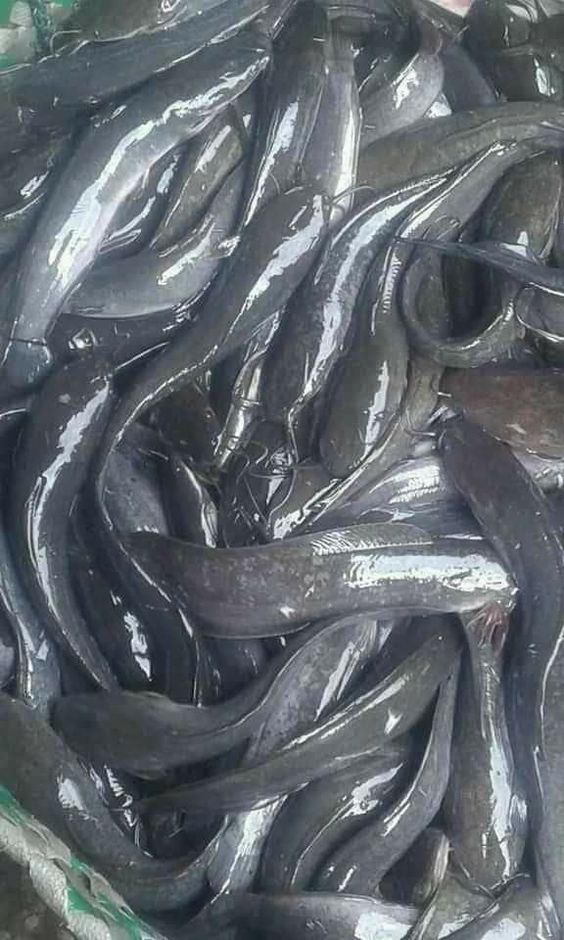Tilapia Traceability: Ensuring Safety and Quality from Farm to Table
Tilapia Traceability, a popular freshwater fish, is widely consumed around the globe due to its mild flavor, versatility in cooking, and nutritional benefits. As demand for tilapia continues to rise, ensuring its quality and safety throughout the supply chain has become crucial. This is where traceability comes into play. Tilapia traceability refers to the ability to track the fish from its origin—whether it be a farm or a wild catch—through processing, distribution, and ultimately to the consumer’s plate.Traceability systems are essential for maintaining food safety, enhancing quality control, and improving consumer confidence.
Contents
Benefits of Tilapia Traceability
Implementing effective traceability systems for tilapia offers multiple benefits:
- Food Safety: Traceability allows for quick identification and response to food safety issues, such as contamination or spoilage. In the event of a foodborne illness outbreak, traceability can help pinpoint the source of the problem, enabling swift action to prevent further cases.
- Quality Assurance: By tracking tilapia through the supply chain, producers can ensure that quality standards are met at every stage. This includes monitoring farming practices, feed quality, and handling procedures, which ultimately leads to a higher-quality product for consumers.
- Consumer Trust: Modern consumers are increasingly concerned about the origins of their food. A transparent traceability system can enhance consumer confidence by providing them with information about where their tilapia comes from, how it was raised, and how it was processed.
- Sustainability: Traceability can promote sustainable aquaculture practices by ensuring that fish are sourced from responsible farms. This can help mitigate overfishing and encourage environmentally friendly practices.
- Market Access: Many international markets require stringent traceability measures for seafood products. By implementing robust traceability systems, tilapia producers can access new markets and meet regulatory requirements.
Goals of Tilapia Traceability
The primary goals of tilapia traceability include:
- Enhancing Food Safety: Minimize risks associated with foodborne illnesses and ensure compliance with health regulations.
- Improving Quality Control: Maintain high standards of quality throughout the supply chain, from farm to table.
- Increasing Transparency: Provide consumers with clear information regarding the sourcing and handling of tilapia.
- Supporting Sustainable Practices: Encourage responsible aquaculture practices that protect ecosystems and promote biodiversity.
- Facilitating Regulatory Compliance: Meet the requirements set by food safety authorities and international trade agreements.
Ideas for Implementing Tilapia Traceability
To effectively implement tilapia traceability, several strategies can be considered:
- Digital Tracking Systems: Utilize technology such as blockchain or RFID (Radio-Frequency Identification) to create a digital record of each tilapia product as it moves through the supply chain. This can enhance accuracy and reduce the potential for fraud.
- Standardized Protocols: Develop and adopt standardized protocols for data collection and reporting across the supply chain. This ensures consistency and reliability in traceability efforts.
- Training and Education: Provide training for all stakeholders in the supply chain, including farmers, processors, and distributors, on the importance of traceability and how to implement it effectively.
- Collaboration with Stakeholders: Engage with various stakeholders, including government agencies, industry groups, and NGOs, to create a comprehensive traceability framework that addresses the needs of all parties involved.
- Consumer Engagement: Promote consumer awareness about the benefits of traceability through marketing campaigns and educational initiatives. This can help drive demand for traceable tilapia products.
Advantages of Tilapia Traceability
The advantages of implementing traceability systems in the tilapia industry extend beyond safety and quality:
- Risk Management: Traceability systems allow for better risk management by identifying potential hazards and implementing preventive measures.
- Operational Efficiency: By streamlining processes and improving communication among stakeholders, traceability can lead to greater operational efficiency and reduced costs.
- Brand Differentiation: Companies that adopt traceability can differentiate themselves in the marketplace by highlighting their commitment to safety, quality, and sustainability.
- Regulatory Compliance: A robust traceability system helps ensure compliance with local and international regulations, reducing the risk of penalties and enhancing market access.
- Consumer Loyalty: By providing transparency and assurance regarding product quality, traceability can foster consumer loyalty and repeat purchases.
Topic Suggestions for Further Exploration
- Technological Innovations in Traceability: Explore the latest advancements in technology that enhance traceability systems, such as blockchain, IoT (Internet of Things), and AI (Artificial Intelligence).
- Case Studies of Successful Traceability Systems: Analyze case studies of tilapia producers who have successfully implemented traceability systems and the impact on their business.
- Regulatory Frameworks for Seafood Traceability: Investigate the regulatory requirements for seafood traceability in different countries and how they affect tilapia producers.
- Consumer Perception of Traceability: Conduct research on consumer attitudes towards traceability in seafood and how it influences purchasing decisions.
- Sustainability and Traceability in Aquaculture: Examine the relationship between traceability and sustainable aquaculture practices, including environmental and social impacts.
Tilapia traceability is a vital component of the modern seafood supply chain, ensuring that consumers receive safe, high-quality products while promoting sustainability and responsible practices within the industry. By implementing effective traceability systems, stakeholders can enhance food safety, improve quality control, and build consumer trust. The future of tilapia production will increasingly rely on transparency and accountability, making traceability an essential focus for producers, regulators, and consumers






